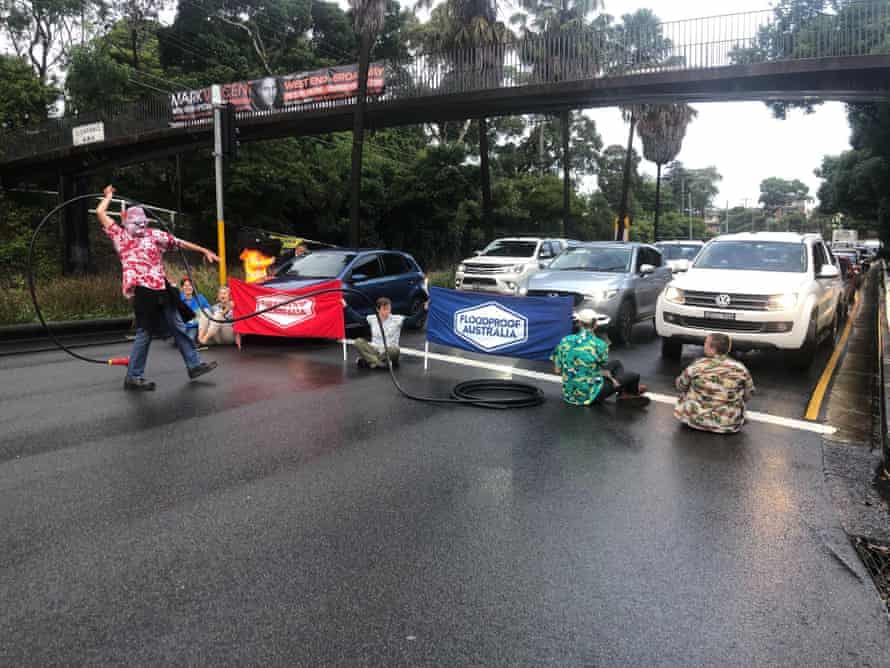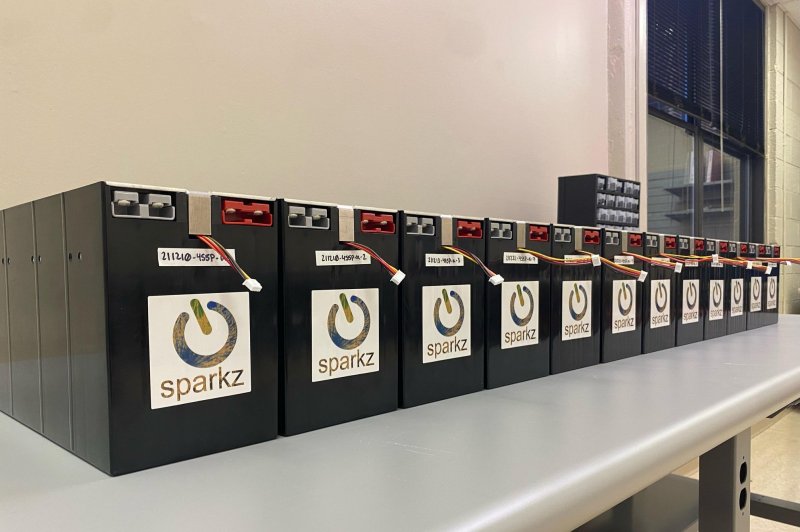NIMBY IT'S ABOUT PROPERTY VALUE
Inverness County is the wrong place for a 15-turbine wind farm, say residentsEmily Latimer -
cbc.ca
Residents of Nova Scotia's Inverness County are raising concerns about a proposed wind farm that would bring 15 turbines to the hills between Highway 19 and Trans-Canada Highway 105, along the west coast of the island.

© Andrew Vaughan/The Canadian Press
A wind farm in Lower West Pubnico, N.S., is shown in a photo taken on Monday, Aug. 9, 2021. A proposed wind farm for the west coast of Cape Breton includes 15 turbines.
David Hart is the spokesperson for the Route 19 Community Association, a group of nearly 200 residents opposed to the project because it is "incompatible with the existing social and cultural and economic characteristics of the community and the local environment."
Hart said the group has been going door to door with flyers along the coast from Hastings to Judique asking people to visit their website to learn more about the proposed project and to get involved with a letter-writing campaign.
"Our mission is really to maintain and improve the quality of life and overall ensure the characteristics of our community and region are protected," Hart said.
Though Hart said the group isn't opposed to wind power or green energy, he said the plan is "obviously the wrong project in the wrong place."
"It's just a matter of putting the right project in the right place. This one does not belong along the seacoast of Inverness County," Hart said.
David Hart is the spokesperson for the Route 19 Community Association, a group of nearly 200 residents opposed to the project because it is "incompatible with the existing social and cultural and economic characteristics of the community and the local environment."
Hart said the group has been going door to door with flyers along the coast from Hastings to Judique asking people to visit their website to learn more about the proposed project and to get involved with a letter-writing campaign.
"Our mission is really to maintain and improve the quality of life and overall ensure the characteristics of our community and region are protected," Hart said.
Though Hart said the group isn't opposed to wind power or green energy, he said the plan is "obviously the wrong project in the wrong place."
"It's just a matter of putting the right project in the right place. This one does not belong along the seacoast of Inverness County," Hart said.
15 turbines proposed
Community Wind Farms Inc. is developing the Rhodena Wind project with ABO Wind Canada, in response to Nova Scotia's Rate Base Procurement program for low-carbon and low-cost energy.
The project would be built "mostly on Crown land and private land where we have the permission of the landowner," according to the website. The developers estimate that the project would produce 100 megawatts of power.
Marian MacLellan lives along Highway 19 in Long Point. Her property runs from the coast toward the mountain where the proposed wind farm may be located. She has several concerns including health impacts, animal welfare, and declining property values.
"Windmills may be fine if they're in the right locations, but I do not believe it's right to put them in communities where there are a lot of people living and where it can affect their health," she said.
While some say wind farms have been linked to adverse health problems in people, a Health Canada study found no link between the two. The study did find that the louder the wind turbine was, the more people reported being "very or extremely annoyed."
Plans amended
Community Wind CEO Keith Towse said the company has changed the proposed layout in response to community feedback, and an updated plan should be online in the coming days.
"We've revised our layout and moved those turbines so the closest turbines in the current layout are 1,700 metres to the closest residence, and over three kilometres away from Highway 19," Towse said.
He said there are established regulations governing health impacts that are addressed during the environmental assessment process.
"No wind project would be approved that doesn't meet those regulations," he said.
More than 3,700 hectares are being considered for the project. The company estimates the area to be used for turbines, road and transmission lines will have a footprint of 655 hectares.
The company has begun environmental assessment studies, which must be completed before the project can be considered for approval by the province. If approved, the company hopes to have the wind farm running by summer 2025.
Inverness County's land use bylaw about the regulation of wind turbine development has not been updated since January 2012. A spokesperson for the county said council will hold a meeting to review the bylaw in May.














